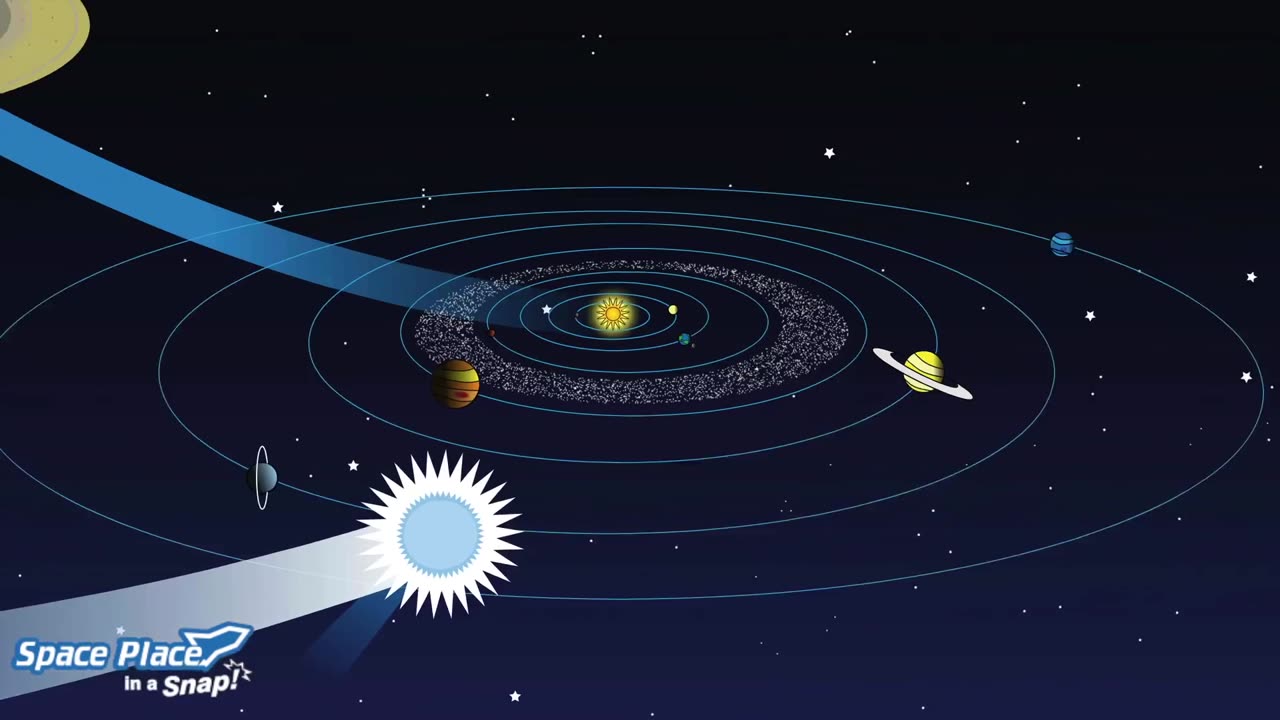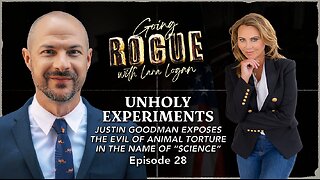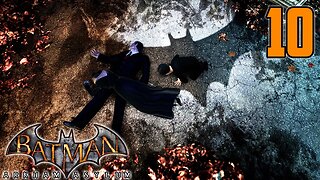Premium Only Content

How Did the Solar System Form?
The formation of our solar system is a complex process that scientists have studied and theorized about for many years. Here's a simplified description of how it is thought to have formed:
Solar Nebula: Approximately 4.6 billion years ago, our solar system began as a vast cloud of gas and dust in space known as a solar nebula. This nebula was composed mostly of hydrogen and helium, with trace amounts of other elements.
Gravitational Collapse: Some event, such as a nearby supernova explosion or sho
The formation of our solar system is a complex process that scientists have studied and theorized about for many years. Here's a simplified description of how it is thought to have formed:
Solar Nebula: Approximately 4.6 billion years ago, our solar system began as a vast cloud of gas and dust in space known as a solar nebula. This nebula was composed mostly of hydrogen and helium, with trace amounts of other elements.
Gravitational Collapse: Some event, such as a nearby supernova explosion or shockwave, triggered the gravitational collapse of the solar nebula. As the nebula contracted under the force of gravity, it began to spin and flatten into a rotating disk.
Protostar Formation: At the center of this spinning disk, a dense region formed, known as the protostar. This protostar grew hotter and more massive as it continued to attract material from the surrounding disk.
Planetesimal Formation: In the remaining part of the disk, smaller clumps of material, called planetesimals, began to form through a process of accretion. These planetesimals ranged in size from dust grains to larger bodies several kilometers in diameter.
Planet Formation: Over time, these planetesimals collided and merged, forming larger and larger bodies called protoplanets. These protoplanets continued to grow through collisions and gravitational attraction.
Clearing the Disk: As the protostar at the center of the disk grew into the Sun, it began to emit solar radiation. This radiation pressure cleared the remaining gas and dust from the disk, preventing further growth of planetesimals.
Formation of Planets: The protoplanets that survived this clearing process eventually became the planets we know today. Closest to the Sun, the terrestrial planets (Mercury, Venus, Earth, and Mars) formed from denser materials. Farther out, in the colder regions of the disk, the gas giants (Jupiter, Saturn, Uranus, and Neptune) formed from gas and ice.
Other Solar System Objects: In addition to planets, the solar system also contains other objects like asteroids, comets, and dwarf planets, which are remnants of the early solar nebula.
This process of solar system formation, known as the nebular hypothesis, is supported by various lines of evidence, including observations of other star-forming regions and the composition of celestial bodies within our solar system.
-
 LIVE
LIVE
JakRazGaming
2 hours agoPlaying Ghost of Tsushima DIRECTOR'S CUT!! on PS5 Stream 6
14 watching -
 29:06
29:06
Scary Mysteries
1 day agoThe Corpsewood Manor Murders: Satan, Secrets, and a Savage End
2603 -
 2:08:56
2:08:56
Lara Logan
1 day agoUNHOLY EXPERIMENTS: Justin Goodman Exposes the Evil of Animal Torture | Ep 28
3.25K13 -
 LIVE
LIVE
The Sufari Hub
51 minutes ago🔴SUFARI AUGUST SHOWCASE 🔴W CONTENT 🔴 10 SUBS? 🔴WHAT SHALL WE DO THIS COMING MONTH?
34 watching -
 LIVE
LIVE
CHiLi XDD
2 hours agoSTREET FIGHTER 6 - Rise and Grind to Master!
35 watching -
 36:27
36:27
Degenerate Plays
1 day agoStatic Shock Actually Changed My Life - Batman: Arkham Asylum : Part 10
43 -
 6:32
6:32
Members Club
1 day agoWNBA Players Demand Pay—Then Get Petty With Caitlin Clark
215 -
 18:13
18:13
Bearing
1 day agoThe iDubbbz & Anisa Situation Just Got WORSE 💥 Broke, Smelly & Homeless 🤣
2.17K22 -
 1:04:05
1:04:05
Solar Groove Muzic
1 day ago $0.01 earnedSUMMER AFRO HOUSE Good Vibes Mix 2025 (Avicii, The Weeknd, Coldplay, Diplo) - Summer Vibes
118 -
 15:47
15:47
ArynneWexler
1 day agoWhy we SHOULD arrest Barack Obama
1005